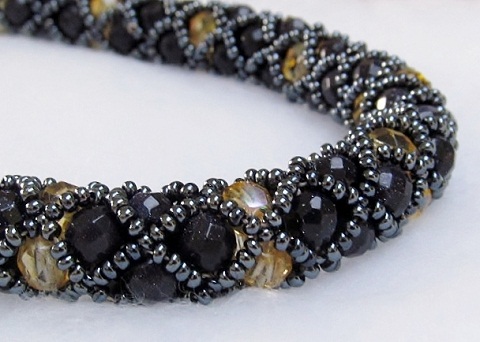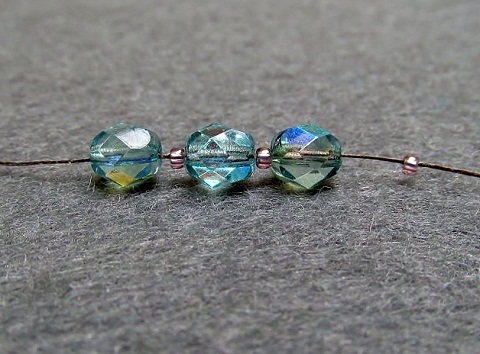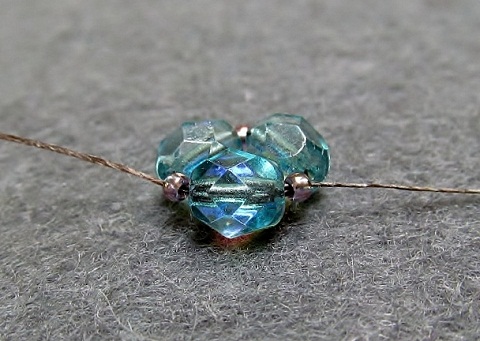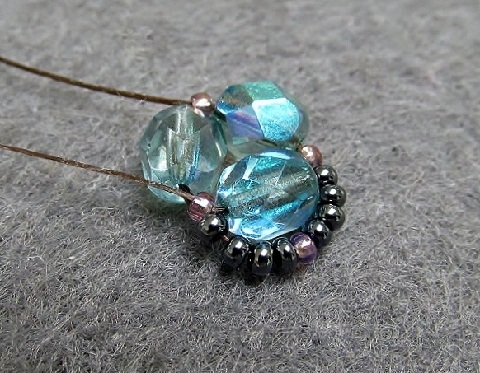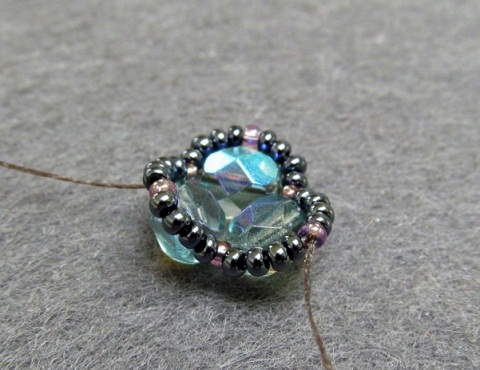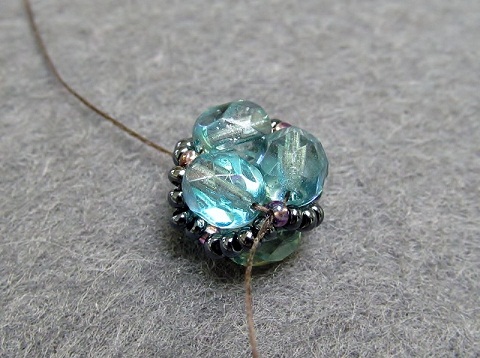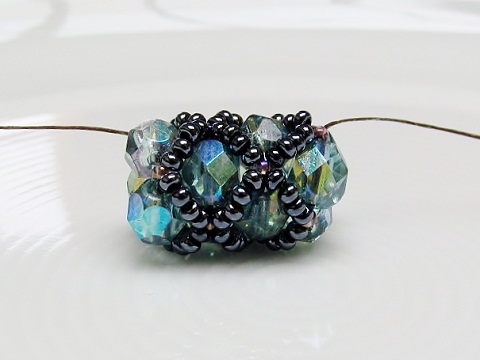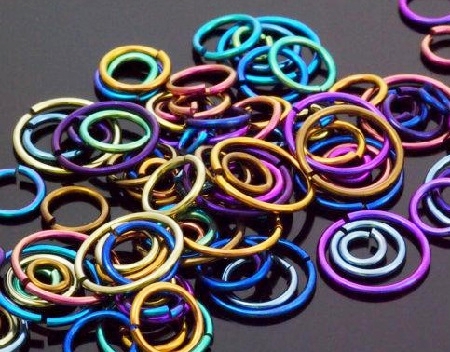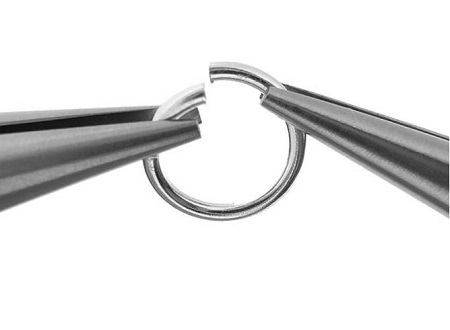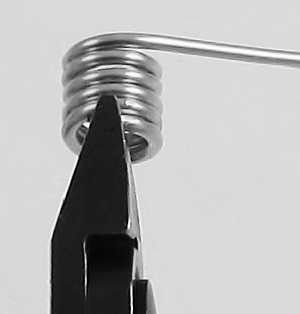Once you master the even-count flat peyote stitch, you surely want to give the odd-count peyote a try as it also permits to create a diagonal.
Basically, you start in the same way as with the even-count peyote, but with an odd number of beads.
Challenge:
Gaining insight into how to fix the odd-count edge bead.
Supplies for a sample :
- Delica 11/0 in two colors
- the number of beads you set-up corresponds to the total of the first and second row together
- S-lon thread D
- James John needles no. 12
- scissors and a beading surface
Weaving instructions for a sample in odd-count flat peyote:
- take a comfortable length of thread
- leave a long tail end, about 15 cm
- add on a seed bead and go twice through it in order to fix the first bead
- string an odd number of beads
- create the second row while weaving the third row: pick up one bead, skip one and go through the second bead, pick up one bead, skip one and to through the next bead, continue till you reach the end of the row
- when you arrive at the end you will find out that you are no longer able to secure a bead between two other beads, as you miss a step-up bead
- there are two techniques to fix the problem: the traditional turnaround and the figure 8 turn
- note: all the odd-count bead turns will be situated at the tail side
The traditional turnaround:
- in the traditional way you use the thread of the previous round to turn and make the step-up
- for the first about-turn you pick up the last bead of the third row, after which you make a knot using the tail end
SEE - part 2




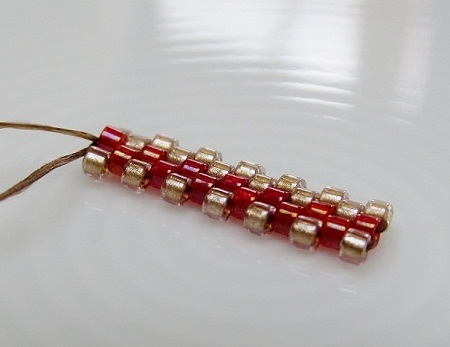
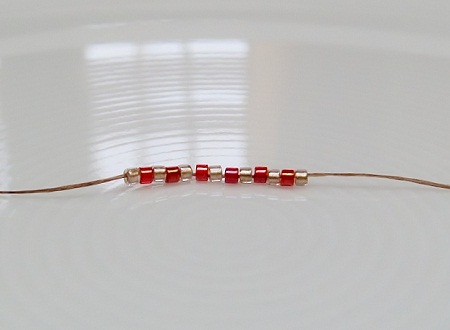
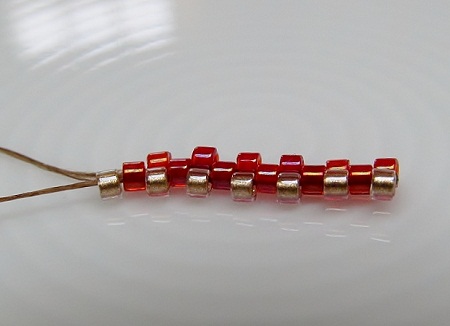
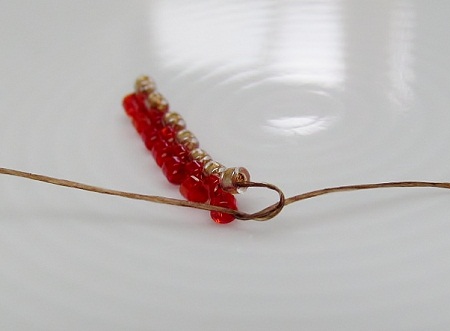
.jpg)
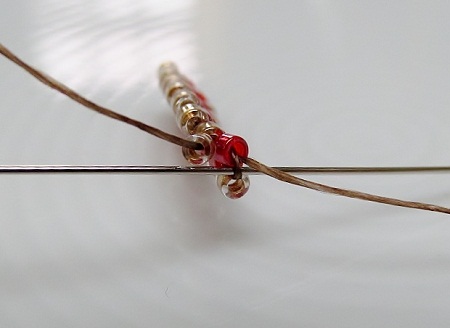
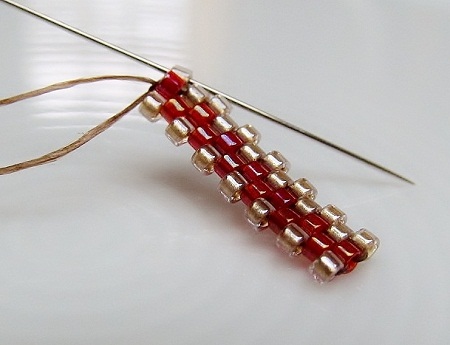
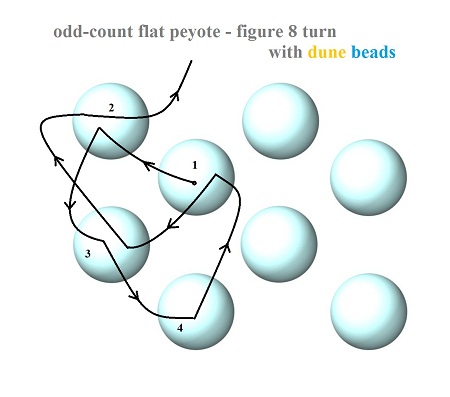

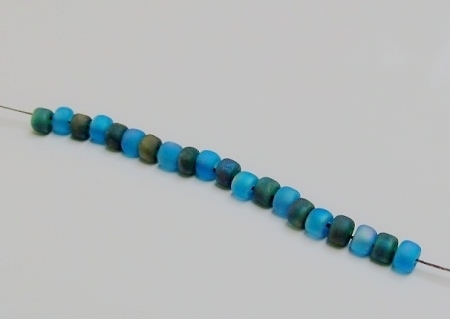

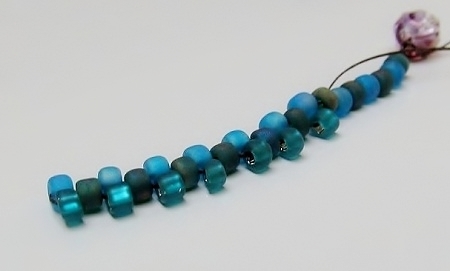

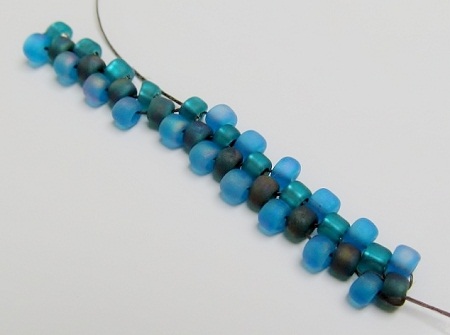
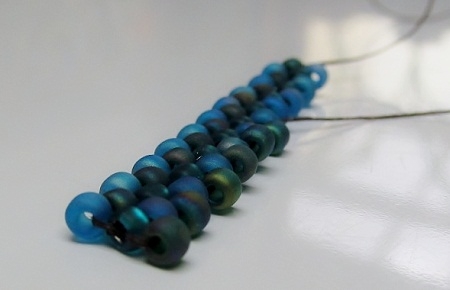
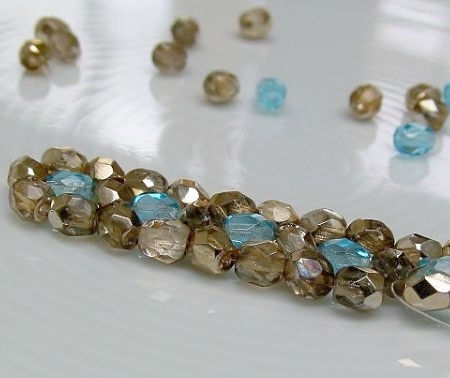

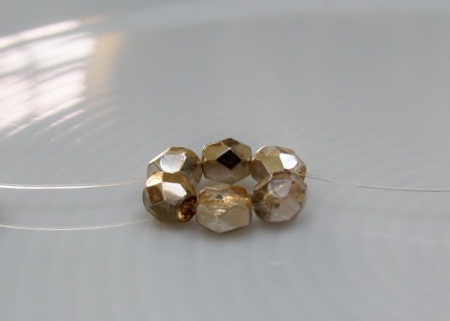
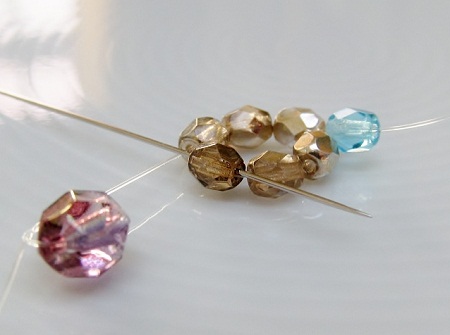
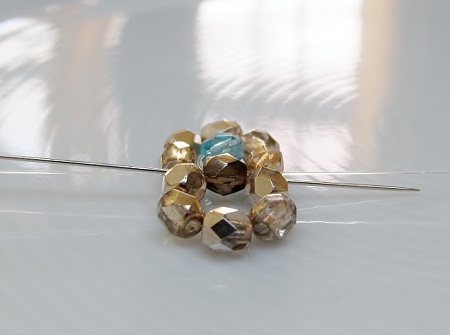
.jpg)
